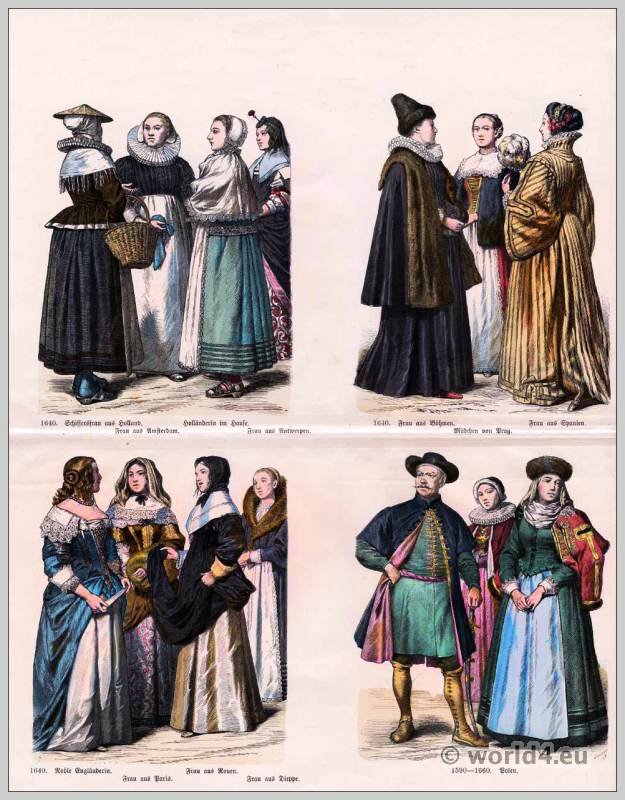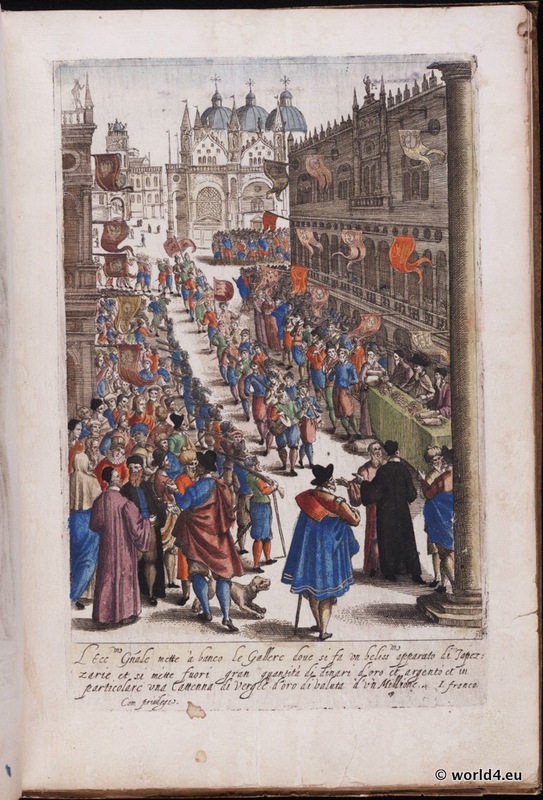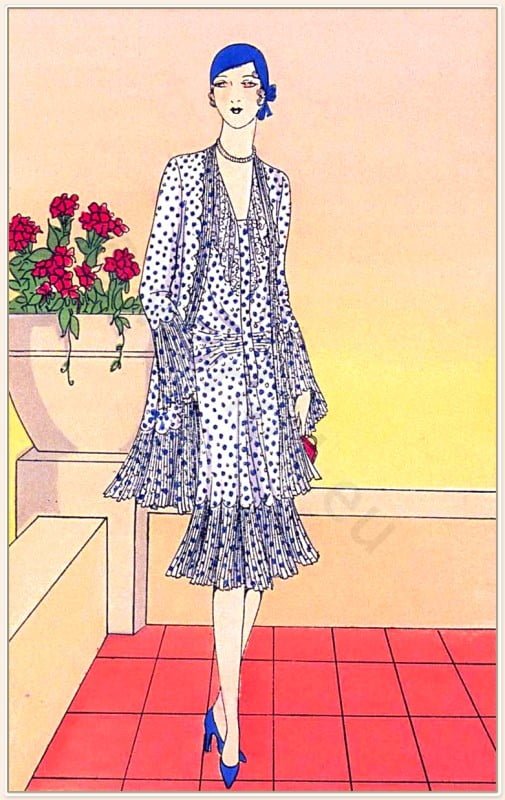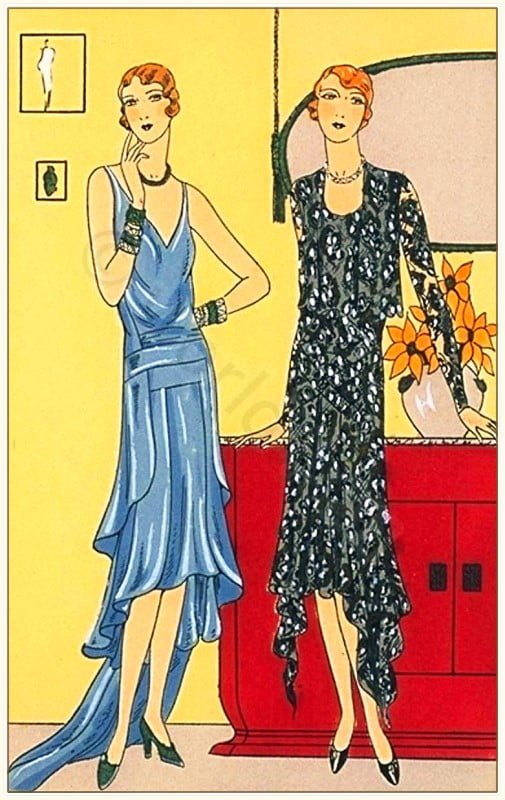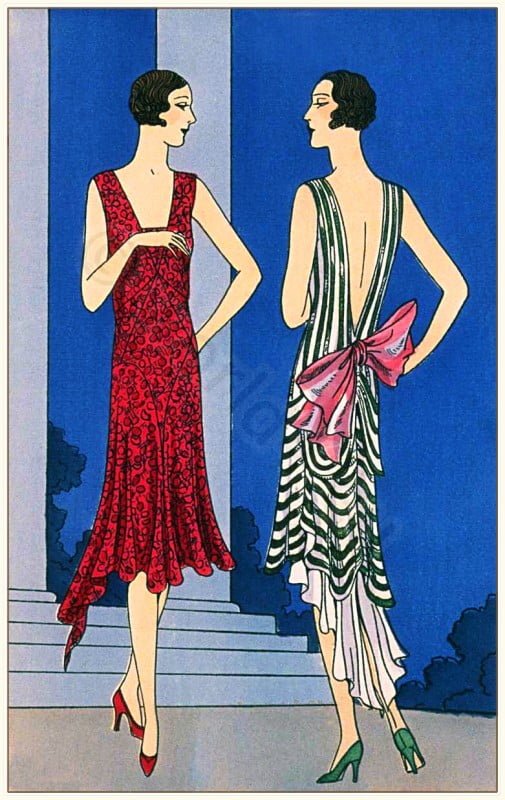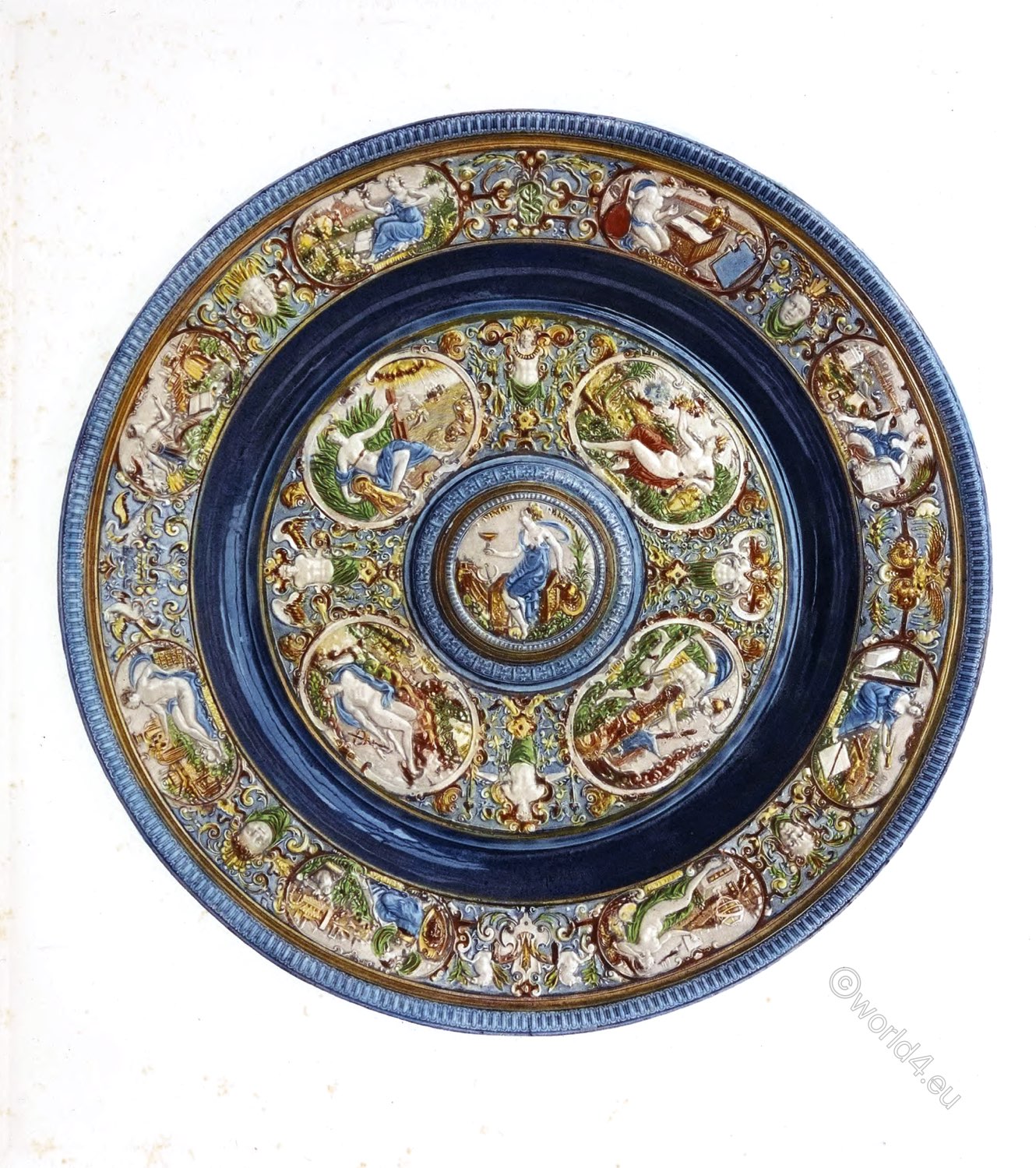
DISH.
Earthenware, after Briot.
BY BERNARD PALISSY, 151O-1589.
Baron Gustave de Rothschild’s Collection.
This circular dish, with a central boss, shows in the middle Temperance seated and looking to the left, holding a cup in her right hand and an ewer in her left. Round this centre are four oval medallions bearing reclining figures representing the four Elements. On the rim are eight more ovals, divided by masks and floral scrolls with birds and fruit; on each is a reclining or seated figure, representing Music, Arithmetic, Geometry, Astronomy, Grammar, Dialectic and Rhetoric.
The harmonious hues of the enamel, a blue, violet and green jasper, are superb; and this rare piece is second to none, not even to the example in the Louvre.
This dish is a repetition in pottery of a famous work in pewter by the goldsmith François Briot. This example enables us to detect a method which Palissy was not averse to employing: namely the exact casting of a piece of metal work, enabling him to avoid the slow labour of modelling. It is in fact to this process that we owe the rustic work, so-called, of his famous pieces decorated with natural objects.
Bernard Palissy was a French scientist, famous enamel artist and co-founder of the Protestant community of Saintes. He learned stained glass and eventually settled in Saintes near La Rochelle. For 16 years he conducted experiments with the aim of producing a completely white enamel paint for decorative purposes. As an exploratory spirit of the Renaissance, experiment came before theory for him. He was also a chemist, geologist and alchemist.
His enamelled pots and clay sculptures won him the favour of Anne de Montmorency, Duke and Connétable of France, who freed him from prison in Bordeaux (1562), where he was on charges of being a Huguenot priest.
When he came to Paris, Catherine de Medici took him under her protection and commissioned him to embellish the gardens of the Tuileries, where, among other things, he built and richly decorated a grotto. He was given the title of inventor of the king’s rustic figures (“inventeur des rustiques figulines du roy”).
Palissy is the namesake of Base Palissy, a database of the French Ministry of Culture for movable cultural property in France.
Source: Treasures and masterpieces of art. Shown at the 5th World’s Fair in Paris (Exposition universelle de 1900), by Gaston Migeon. Paris: Goupil & cie, 1901.
Discover more from World4 Costume Culture History
Subscribe to get the latest posts sent to your email.

